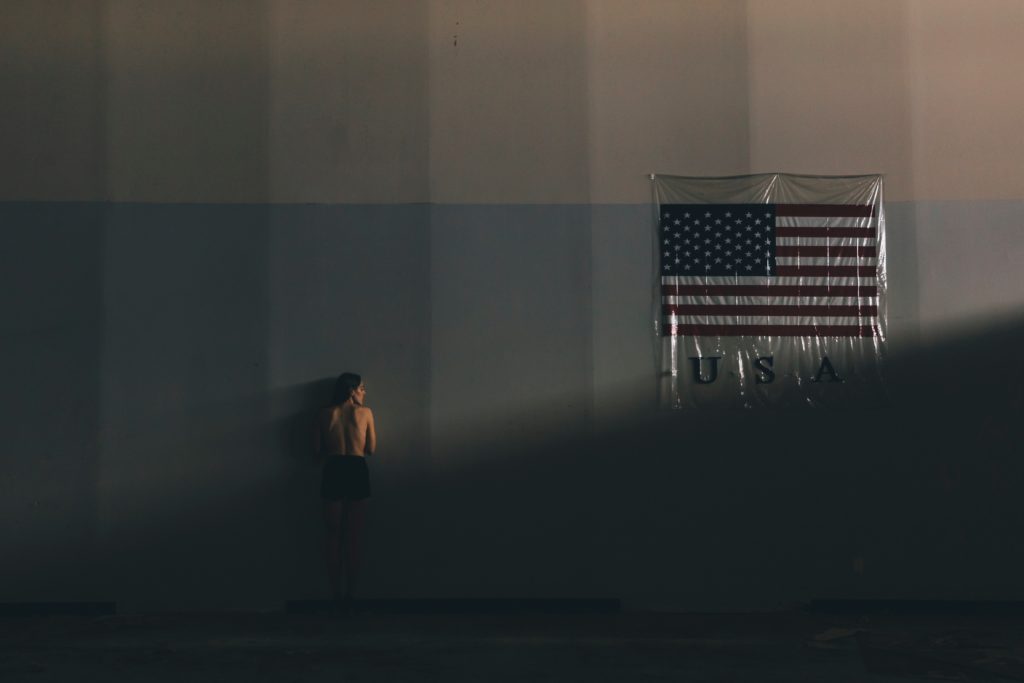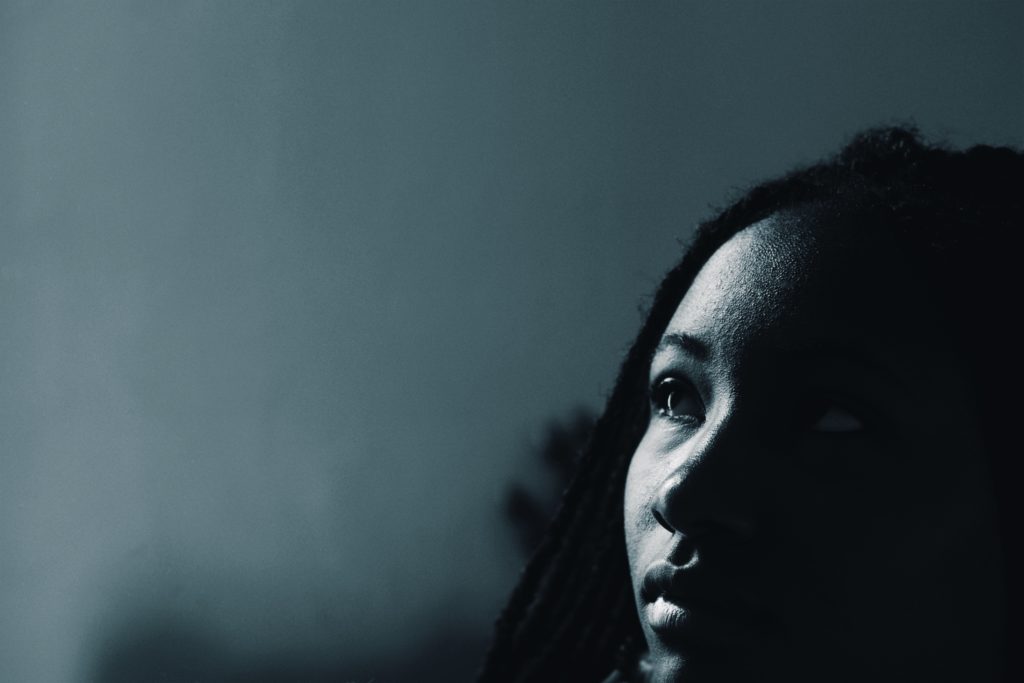The San Francisco Bay Area prides itself on many things, but especially its progressive politics, forward-looking culture and concern for human rights around the globe. And yet the Bay Area is one of the worst locations for human trafficking.
The FBI has identified the San Francisco Bay Area as one of the three highest-intensity child sex trafficking regions in the country. Over the last seven years in Alameda County, more than 4,700 youth were identified as being at risk or already involved in commercial sexual exploitation. In 2015 alone, the district attorney’s office in San Francisco prosecuted more than 500 human trafficking cases, involving both labor and sex trafficking. The 3rd Human Trafficking in San Francisco Report, compiling information and data from 18 agencies in the calendar year 2016, identified 529 human trafficking survivors in 2016. Minors make up 24% of survivors identified. Individuals under 25 make up 74% of the survivors identified. And yet this crucial issue is rarely discussed.
Of course, this problem is not limited to the Bay Area. The International Labor Organization estimates that forced labor and human trafficking is a $150 billion industry worldwide. Nearly one and a half million individuals in North America are trafficked; nearly as many individuals are exploited in South America, and nearly 12 million individuals are trafficked in Asia. Statistics show that around the world nearly 21 million people are trafficked, whether it be for physical labor or sex trafficking.
Targeting lower class individuals, traffickers promise a better future in terms of work, education or residence, leverage or traps used to control their victims. These victims are forced to farm, beg, manufacture, mine or prostitute themselves in such a manner that the perpetrators profit. With five and a half million young victims worldwide, children are the most vulnerable to the abuse and violence of child trafficking. Indiscriminate among those it takes, human trafficking takes children from all countries, all demographics and, within the United States, all states. Women and girls are also disproportionately victimized, especially Black and Latino cisgendered women.

Many laws and policies have been created to try to end human trafficking. Unfortunately, despite these laws and policies, few convictions are made on the grounds of human trafficking. In 2010, 2011 and 2012, the number of convictions worldwide remained under five thousand cases at 3,619 convictions, 4,239 and 4,746, respectively. That is almost nothing in comparison to the number of trafficking victims worldwide.
But why is this issue still so prevalent in the Bay Area, one of the most progressive regions in the world?
The Bay Area is a diverse, affluent area that is a global hub for travel – both business and leisure – and is well-connected to communities all over the world, thanks to a large number of immigrants who live here. The more liberal culture of the Bay Area may actually be one of the main factors in why such exploitation goes undetected here. There is a general laissez-faire attitude toward the activities in massage parlors and other adult-oriented establishments that human traffickers can use to their advantage. And it’s not just about sex. Cheap labor for everything from construction to pedicures to landscaping is sought and received with few questions asked. And according to Melinda Haag, former U.S. Attorney for the Northern District of California, we cannot fight this issue without awareness. “We have to get people to understand how this works and what it looks like,” says Haag.
Many of the best-publicized cases in this country concern international victims: girls or young women who were tricked into applying for a job in this country, only to find themselves stripped of their identification and forced to become sex workers or in-home labor. But a huge number of victims were born and raised in the United States and fell victim to traffickers because of poverty, previous experiences with abuse, and a lack of stability in their lives. People aren’t aware of what human trafficking really looks like.

“The imagery of handcuffs and chains is not really happening for most victims,” said Jadma Noronha, the Human Trafficking Program coordinator at the SAGE Project, a survivor-led anti-trafficking organization in San Francisco. “The exploitation is usually far more subtle, but that doesn’t mean it’s not happening.”
As stated in the SF Gate, “Sexual trafficking happens in homes, airports, hotel rooms, and the massage parlors that have mushroomed all over Bay Area downtowns. Labor trafficking happens in restaurants, nail salons, child care facilities, in the construction industry and in rackets for drug sales. In both instances, you’ve probably seen a victim and just didn’t know it.”
So to all of the Bay Area residents: we have a problem. And it is not one we can continue to ignore. If we want to fix this problem, we must first recognize it as a real and detrimental problem here in our community. We need to get rid of the belief that human exploitation is something that only happens far, far away. Because it is happening here. It is happening now. And it is not going to go away… unless we do something about it.
By: Cianna Allen

